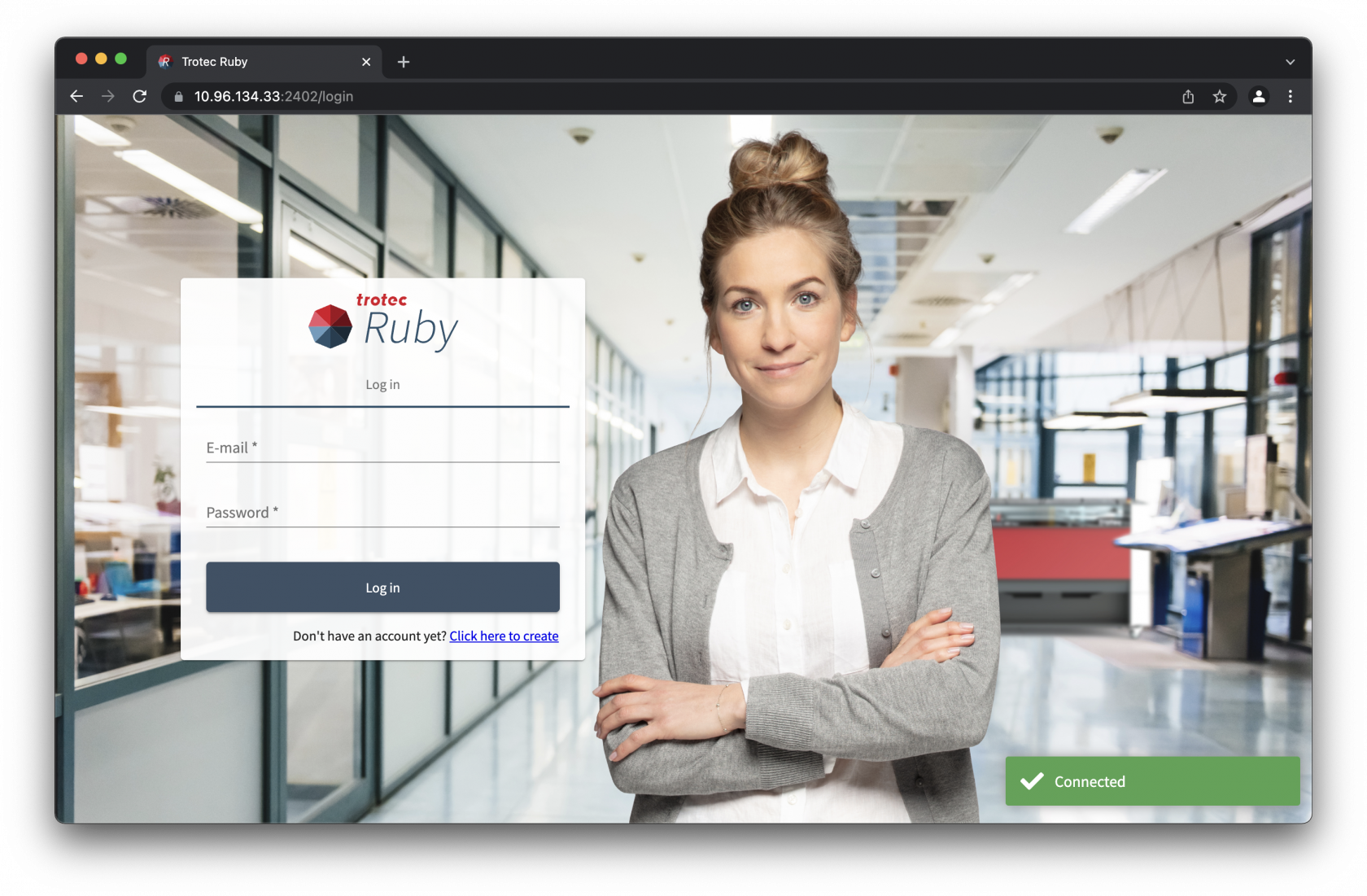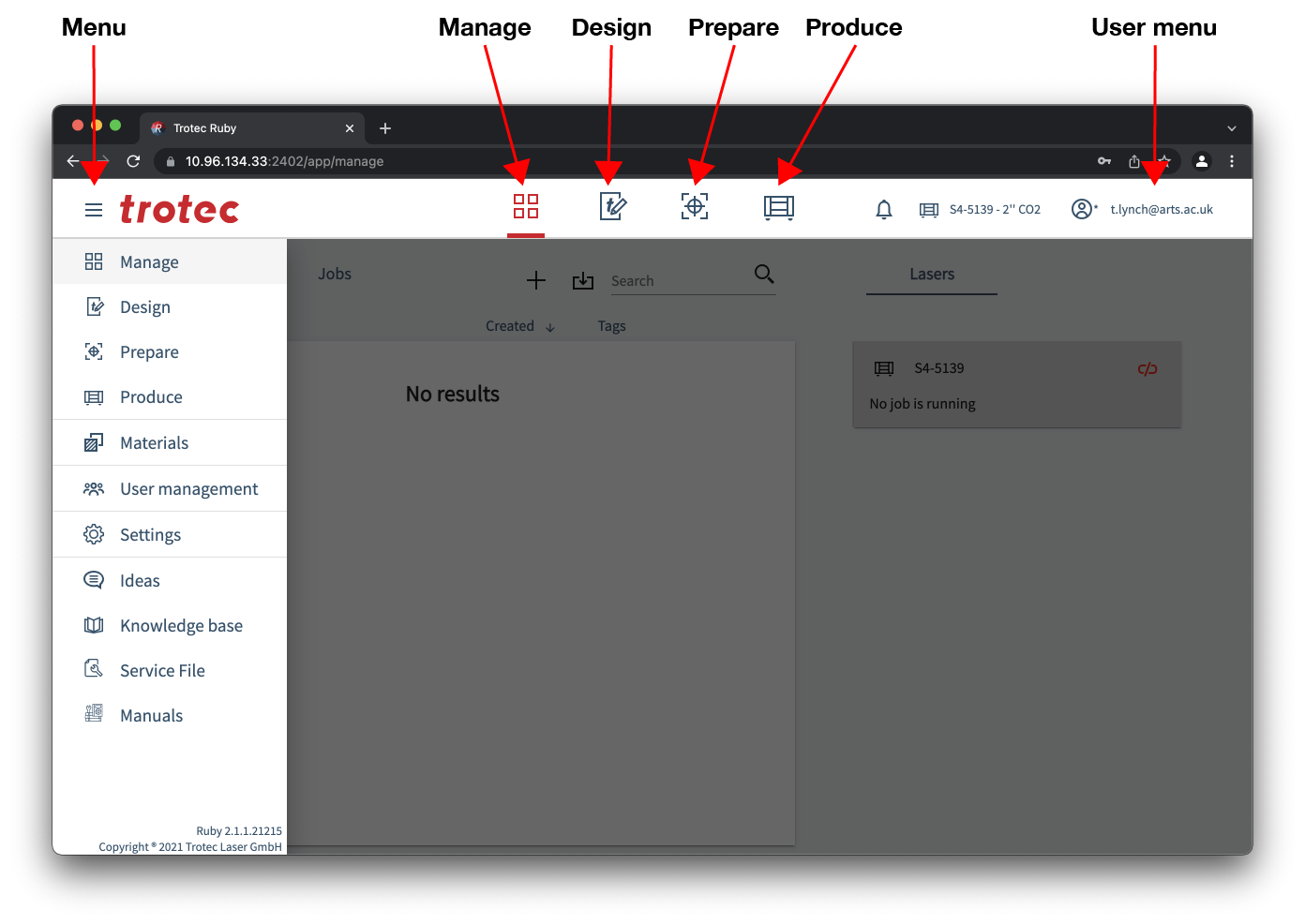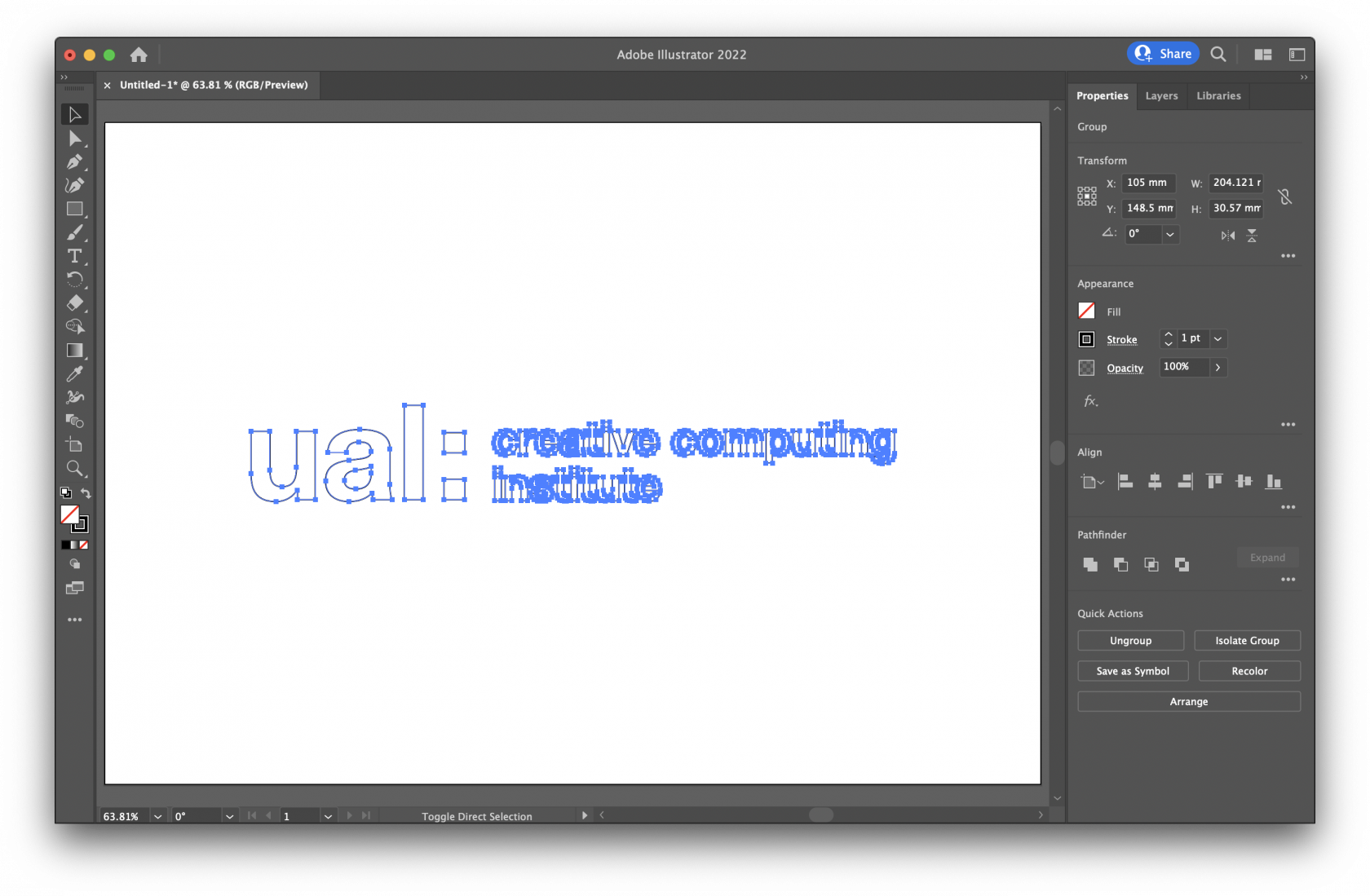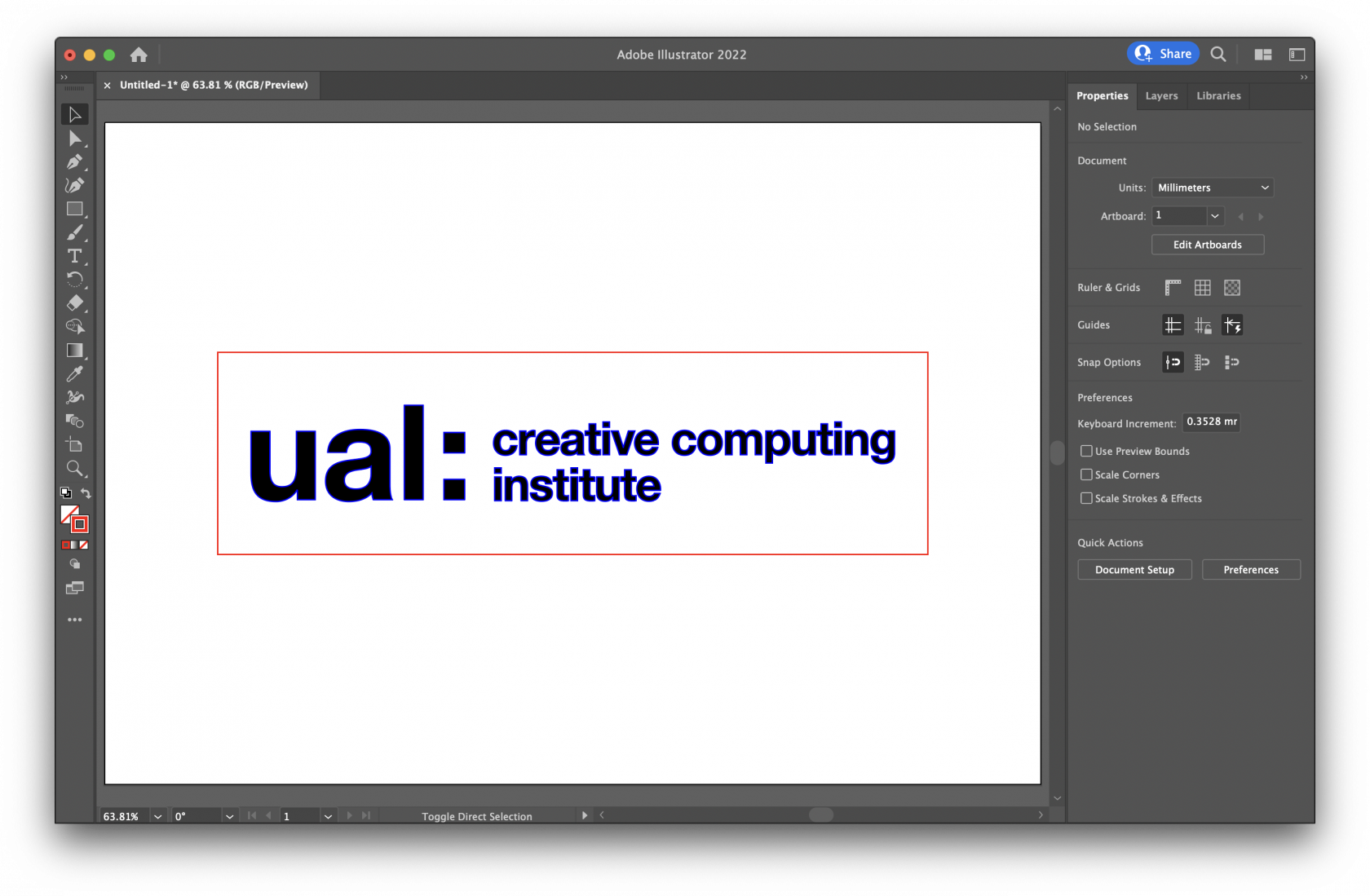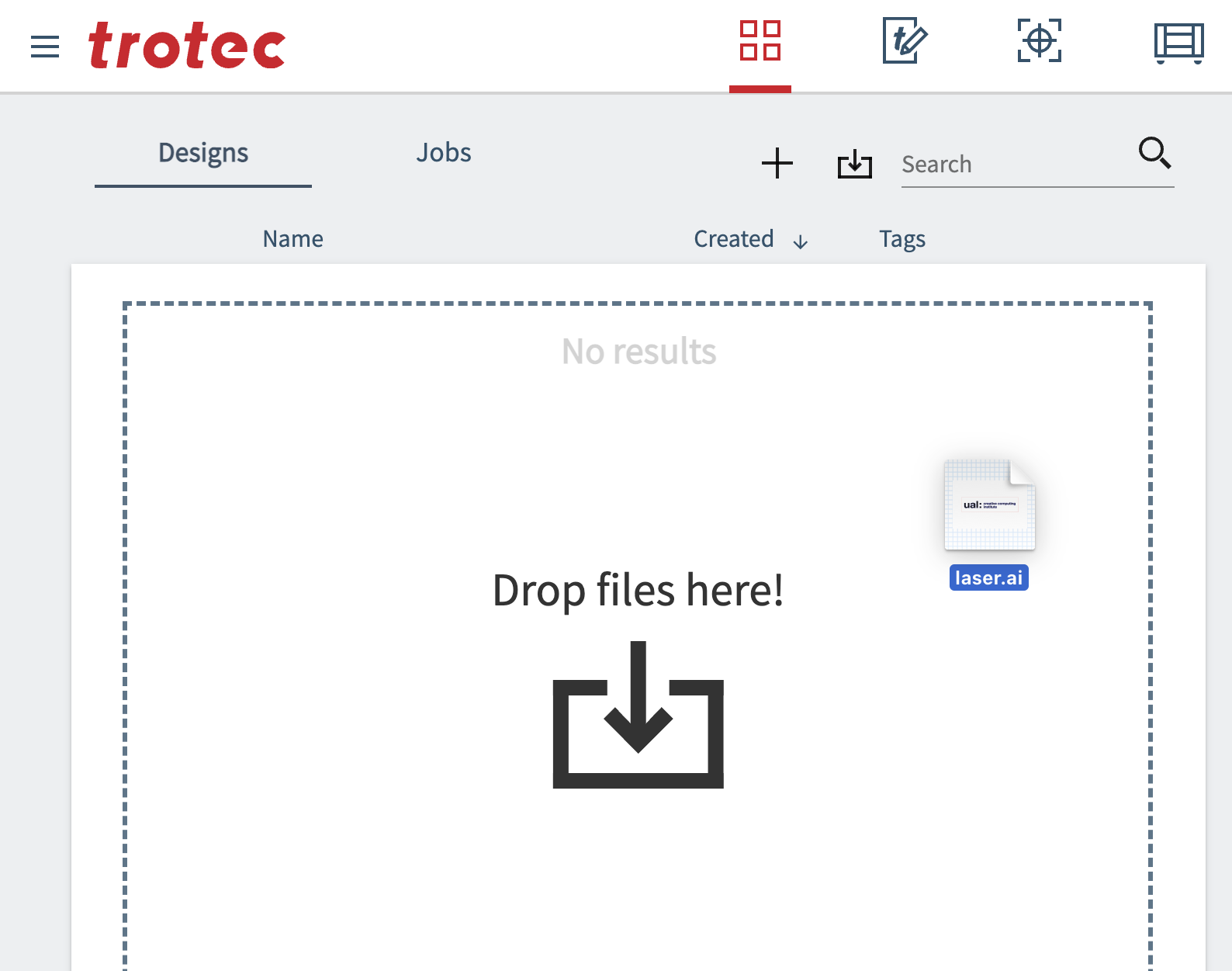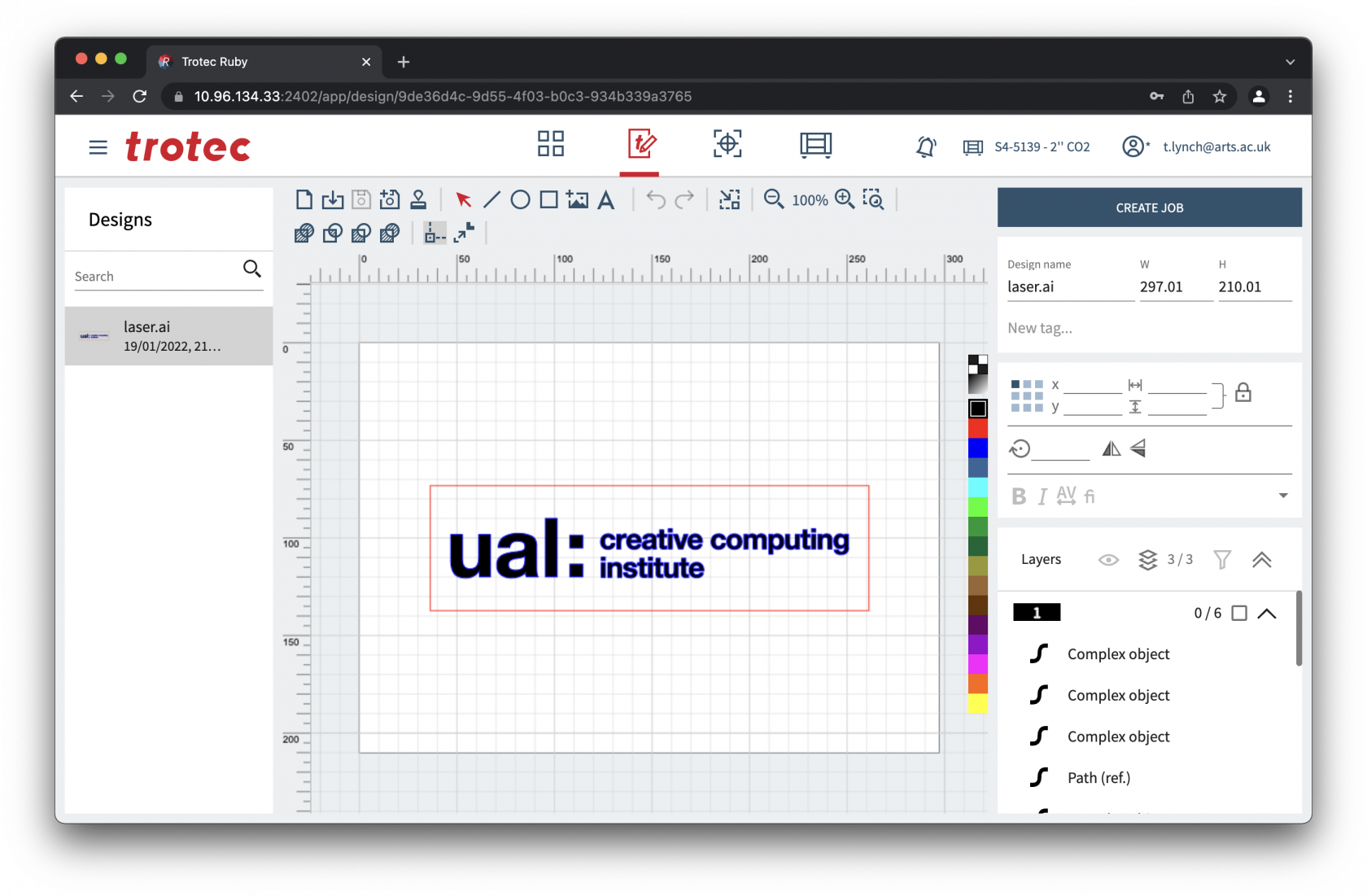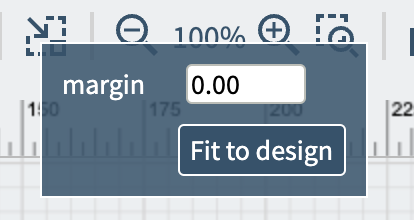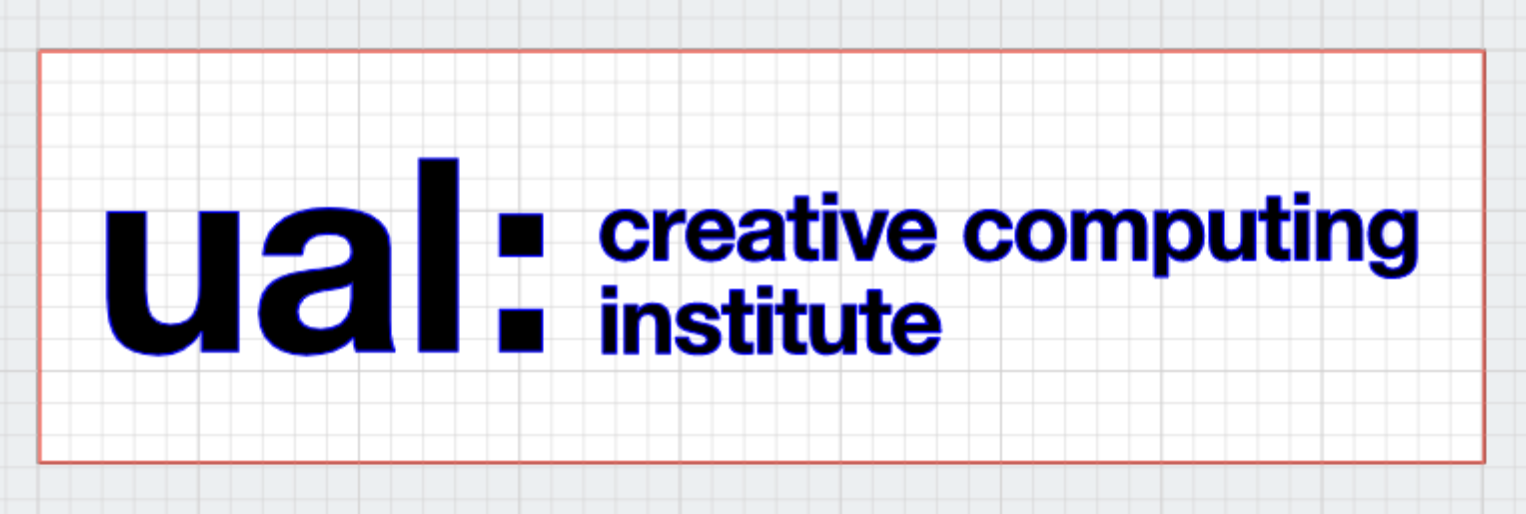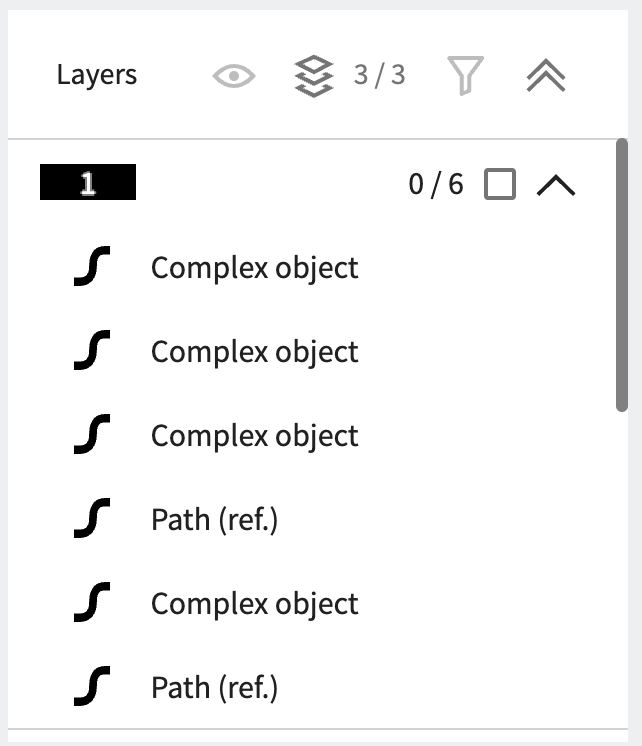How to prepare files in Trotec Ruby
Safety Induction Required
Anyone wishing to use the Laser Cutter is required to attend a safety induction led by one of the technical staff.
This guide will step you through how to use Trotec Ruby to prepare a design for laser cutting. Preparing files for laser cutting is relatively straight forward, and some simple projects can even be made using just the tools built into Ruby.
Adobe Illustrator
This guide will not go into depth about the use of Adobe Illustrator, you can learn about how to use it on LinkedIn Learing which is free to all UAL students and staff.
Login
Trotec Ruby is only supported in WebKit derrived browsers such as Google Chrome, Microsoft Edge and Apple Safari at this time, to use the laser cutter after being inducted you will be provided with a username (email address) and password.
To access the login screen open the browser and go to https://10.96.134.33:2402.
Security Certificate
You will need administrative privilages to run this process
Before you can login and access the laser cutter you must install the security certificate to ensure that access to the web interface is not blocked by browser security requirements.
Ruby Overview
At a high level the way Ruby works is by stepping through each of the menu bar options from left to right:
- Design
- Prepare
- Produce
Design
The design screen is where you can make or edit designs, the typical workflow is to create the file in another program such as Adobe Illustrator and then send the design to the prepare screen.
Prepare
The prepare screen is where multiple designs can be combined into a single job on the laser bed.
Produce
The produce screen is where you can queue, reorder and view running jobs.
Interface
The interface to Ruby is very similar to many web applications, the consistent element is a top bar.
Top bar
- Trotec logo / hamburger menu - This exposes the side bar menu with advanced options, the most useful being the materials database.
- Manage - This is where you can upload, download and manage designs and jobs.
- Design - This is where you edit the active design.
- Prepare - This is where you can place one or more designs onto the laser cutter bed for cutting.
- Produce – This is where you can control the job queue and monitor progress of the active job.
- User menu - This is where you can change your password and logout.
Sidebar
- Manage, Design, Prepare and Produce - These are repeated from the top bar.
- Materials - This is where you can view, create, edit and delete material and settings.
- User management - This is for administrators only, do not enter this area.
- Settings - This is for administrators only, do not enter this area.
- Ideas - This is where you can send suggestions to Trotec for improvements to Ruby.
- Knowledge base - This is where you can find help around using Ruby direct from Trotec.
- Service File - This is for administrators only, do not click this option.
- Manuals – This is where you can find the manual for all Trotec laser cutters.
Creating a file
Although it's outside the scope of this guide to tell you how to use Adobe Illustrator, we'll cover preparing a simple file.
We're going to etch the UAL Creative Computing Institute logo, outline it with an engraved line, and then cut out a bounding box.
Step 1
The laser cutter can etch raster images, however to be able to cut out or engrave we need to provide vector lines which is why you will need to use software such as:
- Adobe Illustrator
- Corel Draw
- Affinity Designer
- Inkscape
Here you can see we've created an Illustrator document in RGB colour mode (not CMYK) and added a vector of the CCI logo to the artboard:
Step 2
When preparing files for laser cutting with most machines you usually have to use specific colour and line thicknesses, and it's good practice to retain this with Trotec Ruby, however it is far more forgiving than older software.
As a general rule there are 3 types of action, and these are the colour fill and stroke settings for those actions:
-
Cut - This is a vector line all the way through a piece of material.
Stroke: #ff0000 - RGB Red
Fill: None -
Engrave - This is a vector line cut into the surface of the material.
Stroke: #0000ff - RGB Blue
Fill: None -
Etch - This is an area etched into the surface of the material.
Stroke: None
Fill: #000000 - RGB Black
By selecting these colours and strokes you will save yourself work later, if theres a mistake you can change it in the design step in Ruby.
Step 3
Now you need to save the file, Ruby will accept various formats including:
- AI
- JPG/JPEG
- PNG
- BMP
- SVG
- TSF
Save your file to your computer.
Manage view
The manage view allows you to open, delete or upload files as well as organise them, we'll start by uploading a file.
Uploading a file
In Ruby switch to the manage screen and drag and drop the file(s) onto the dropzone:
Alternatively click the "Import File" icon and find the file(s) in the pop up dialog:
Open a design
After your file is uploaded to Ruby it becomes part of a new design. You can see a small preview in your list of designs that you can open by double clicking, delete or download by clicking the relivent icons next to the design.
Design view
Once you open the design in design view you should see the artwork you've created. You will be able to see artboard size, as well as all the colours and lines were all retained.
The design view is split into 3 columns:
- Left: Browsers
- Top: Design browser
- Bottom: Job browser
- Middle: Work area
- Top: Toolbar
- Bottom: Work area
- Right
- Top: Job name and tags
- Middle: Object parameters
- Bottom: Layers
Toolbar
- New design - Create a new design.
- Import design - Upload a file from your computer.
- Save - Save the open design. Greyed out means there are no changes to save.
- Save as new - Save the open design as a new design.
- Generate stamp - Convert the open design into a stamp as a new design.
- Select objects - Switches the active tool select objects.
- Draw shape - Switches the active tool to draw the selected shape.
- Add image to design - Allows you to insert an image into your design from your computer.
- Undo/redo - Undo the previous action or redo it. Greyed out means there are no further undo/redo steps available.
- Fit to design - Shrinks the artboard to the smallest size that encompases all design elements.
- Zoom controls - Zooms the viewport in and out on the design.
- Zoom selection - Lets you draw a selection box to zoom into.
- Boolean shape - Allows you to Union, Intersect, Difference, or Exclusion vector shapes.
- Snapping - Toggle object snapping.
- Outline scaling - We're not sure what this does yet!
Fit to Design
As we created the whole design in Illustrator already the only thing we would probably want to do is reduce the size of the artboard to the design.
We could do this in Illustrator but Ruby offers a tool to do it automatically by selecting "Fit to design" in the toolbar which will prompt you for a margin size, we'll leave this as 0.00mm and click "Fit to design":
After you'll see the white area of your artboard has been made to perfectly fit the design we created, this might seem like a simple task, but it makes it easy to tightly pack multiple designs onto a piece of material.
Check your layers
As we've already setup the original file with 3 primary RGB colours and it's a simple design there should be 3 layers.
Layers are different in Ruby to most drawing packages, they're basically a way of defining multiple tasks for the laser cutter, for example:
- Etch the black area
- Engrave the blue line
- Cut the red line
Changing colours / Merging layers
If any object is the wrong colour you can select it by clicking the object on screen or in the layers, you can select multiple by pressing Command or Control and clicking each object. Or you can select all objects in a layer by pressing the tickbox next to that layer in the layers area.
Once you've selected the object(s) you can change the colour by selecting from those listed:
Create a job
Once the design(s) are complete you can create a job, or add them to an existing job.
A job is a collection of designs laid out across the work table of the lasercutter.

